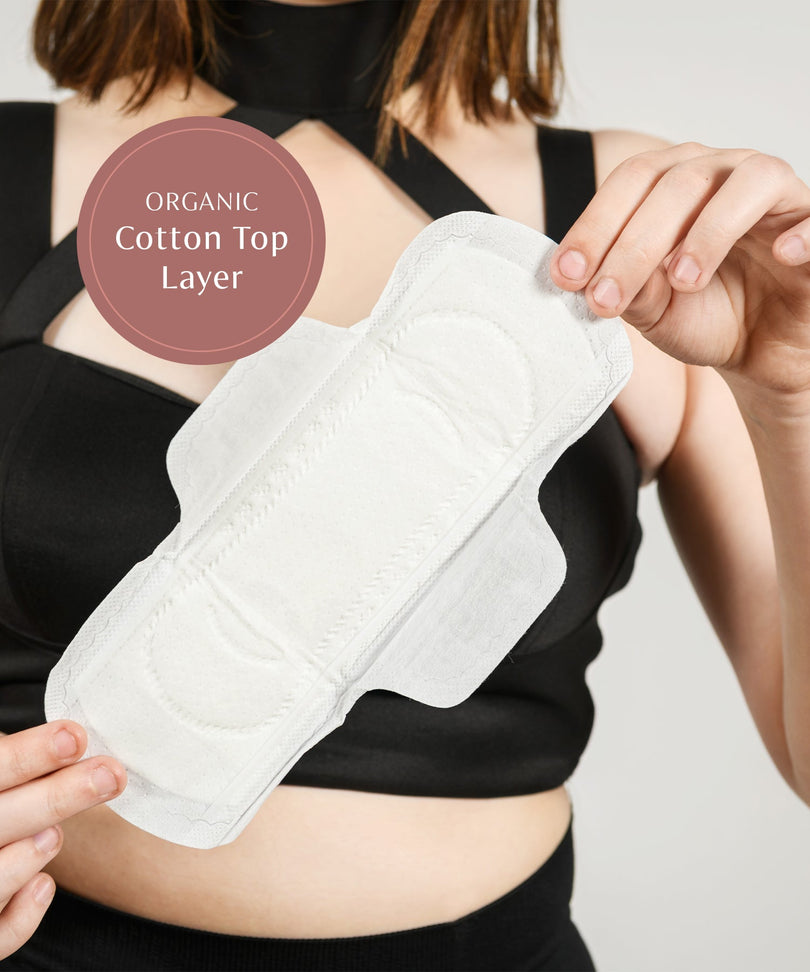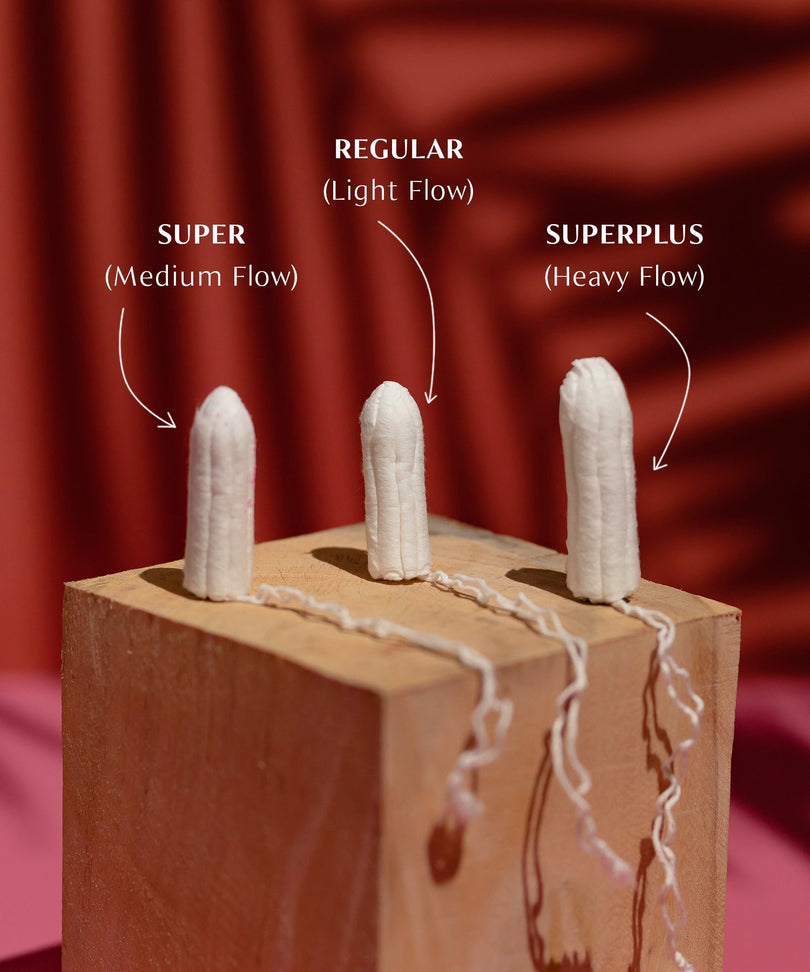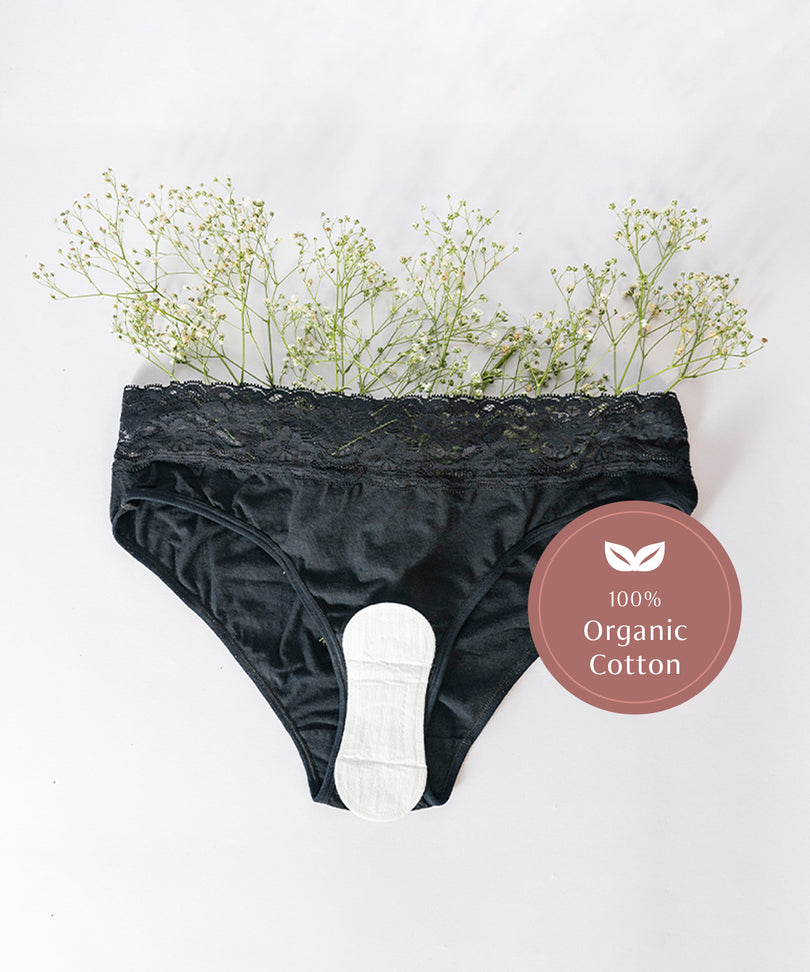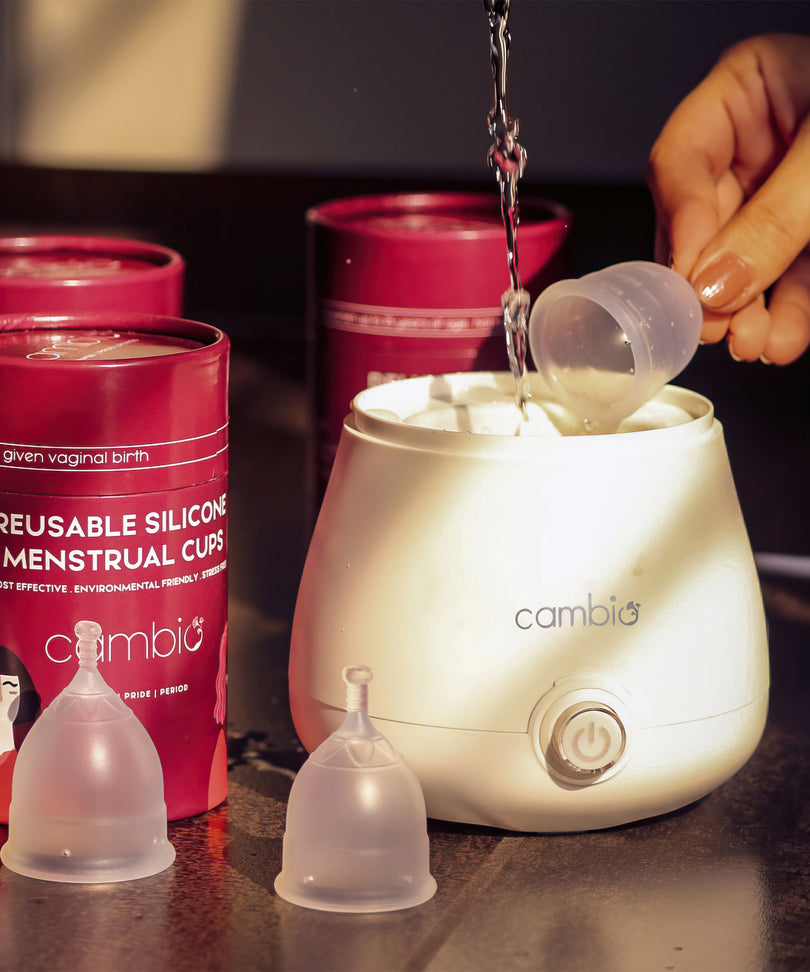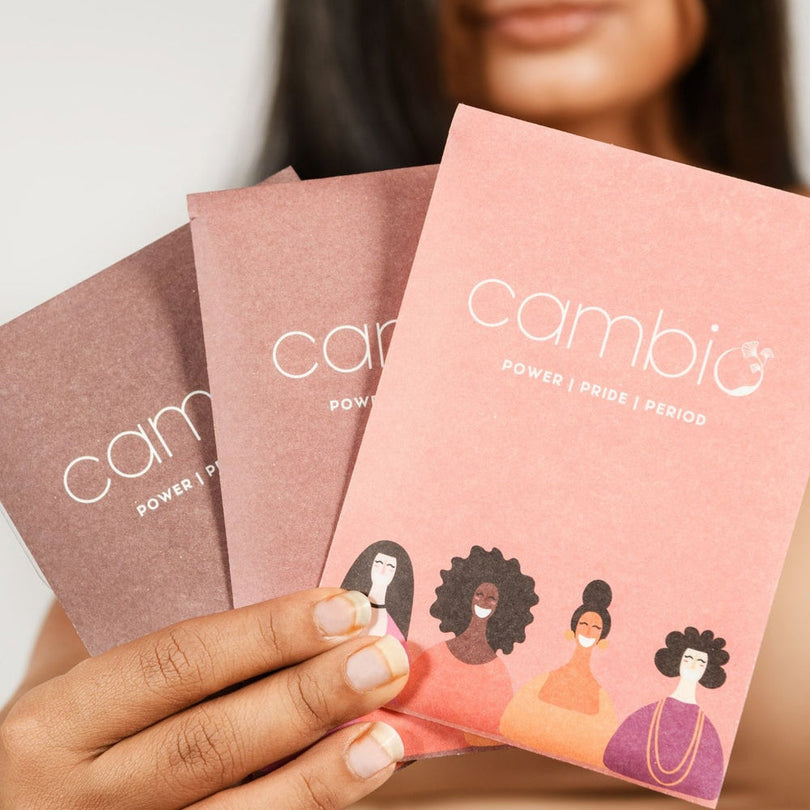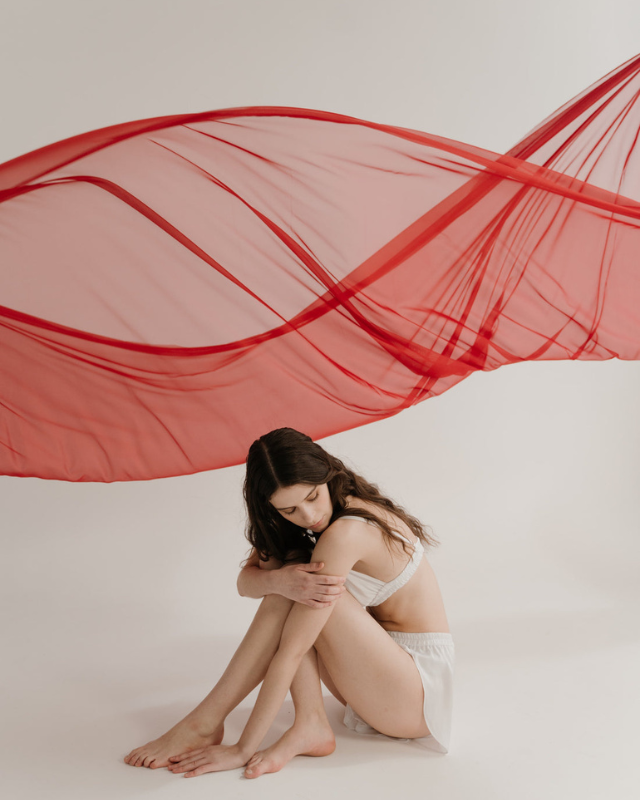For many, menstrual cups are a new period/self-care option they're still learning about.
Still, it is exciting to see half of the population of women are joining the inner revolution and switching to menstrual cups!
Menstruation can be uncomfortable for a lot of women due to several reasons. But the most common reason observed is never-ending worry about leakage.
A woman uses at least three to four pads on each day of the cycle, and if we calculate the amount of waste produced, the results are just alarming.
And also the use of pads and tampons causes infection and discomfort. On the contrary, a menstrual cup collects the blood and is a much easier method.
However, there are a lot of menstrual cup myths circulating online. Some may be true and some maybe not.
In this blog, you’ll learn about menstrual cups, how to use and remove them, their advantages, disadvantages, and ultimately, we’ll be busting some myths around them.
Keep reading to find out!
What is a menstrual cup?
A menstrual cup is a menstrual hygiene device that is small, ball-shaped, and can be inserted into the vagina to collect the menstrual blood during menstruation.
A menstrual cup is the most economical menstrual product so far. They are leak-proof, can be changed after 12 hours, and do not harm the body as they are chemical-free, no toxins, and aromatic compounds are used.
Menstrual cups are a convenient, healthy, and sustainable alternative to tampons and sanitary napkins.
A cup can last for up to 10 years if properly maintained.
How to use a menstrual cup?
If you have used tampons earlier, you should find it easy to insert a menstrual cup.
Here, are steps that will make it easier to understand--
- Cleaning and disinfecting your menstrual cup-- It can be done at home itself, drop the menstruation cup, add water, and stick it on the stovetop. Boil for 5-6 minutes and that's it. Before insertion let the menstrual cup completely cool down.
- Fold-- You can try the c-fold, where you fold the top rim of your menstrual cup in half so that it creates a tight C or U shape. There is another folding method as well, you can use the method which is suitable to you.
- Insert-- Find a comfortable position, locate your vaginal opening, and slowly insert your menstrual cup into your vagina in the direction of the tailbone.
- Open and rotate-- Push the menstrual cup from the base of the cup and push it gently so that the stem is no longer protruding out of your vaginal opening. Once inserted, twist the menstrual cup to ensure that it is sealed and secure.
Check-- If you have a doubt try inserting a finger along the inside of your vagina up to the rim and follow the rim around, ensuring that the whole rim has opened up.
How to remove menstrual cups?
- Check the cup every 12 hours, in the case of heavy flow you may need to empty it more often.
- Choose a comfortable position and with the help of your fingers locate the stem of the cup. Do not pull the stem, this can tear the cup.
- Pull the cup out by breaking the seal first and make sure to keep it upright as you pull it out.
- Empty the cup, continue to keep it upright, and turn it over to dump out the content. You can simply clean the cup and re-insert it.
- Wash your cup with a bar of mild, unscented soap and if you have a disposable cup, toss it out and put in a new one. Use warm water and use running water to clean it properly.
Advantages of menstrual cups:
- Menstrual cups do not cause any bacterial infections.
- Many women claim that they experience not very severe menstrual cramps, albeit this is not scientifically proven.
- It is eco-friendly and cost-effective.
- You can leave it in for 12 hours.
- No bad odor and it also doesn't contribute to waste production.
- Reduce, reuse, and recycle. A Menstrual cup is reusable and has a positive effect on the environment.
Disadvantages of menstrual cups:
- Difficult to insert and inserting takes a bit of practice.
- May cause irritation for eg, inserting the cup without proper lubrication can cause discomfort.
- Finding the right fit may be tricky.
- People who’re allergic to silicone are not advised to use menstrual cups.
Unfortunately, there are several stigmas surrounding the use of menstrual cups. Let’s shed some light on them and separate the myths from the facts.
Myths about menstrual cups:
- Wearing a menstrual cup causes difficulty in passing urine or stool.
FACT-- Having a cup in your vaginal canal can't impact your peeing habits. A menstrual cup is worn inside the vagina, whereas urine is passed through the urethra.
- It interferes with vaginal health.
FACT-- It doesn't cause any kind of irritation or rashes in the vagina.
- One size fits all.
FACT-- When choosing a menstrual cup, it's important to do your research into what size is most appropriate for you. Body size and shape don't determine the size of the vaginal canal.
- It is bad for long-term use.
FACT-- It has been approved for a long-lasting usage of about 5-8 years, it is made up of medical-grade silicone. It is essential to empty the cup every three to four hours, especially when the flow is heavy.
- Silicone menstrual cups can be organic.
FACT-- Silicone menstrual cups cannot be correctly described as 'organic'. Organic matter is always carbon-based.
- Menstrual cup size is related to flow.
FACT-- Not always. The size depends on age, length of your cervix, and strength of your pelvic floor muscles.
- Virgins can't use a menstrual cup.
FACT-- Using a menstrual cup will not make you lose your virginity.
- You can't sleep while wearing a menstrual cup.
FACT-- Yes, you can sleep with a menstrual cup in. It provides up to 12 hours of leak-free protection. Those with an average flow will find that cup isn't even filled.
- You can't exercise while wearing a menstrual cup.
FACT-- A menstrual cup is a great option for an active lifestyle. It is sealed so it will not leak or slide down during your exercise routine.
- Menstrual cups are painful and uncomfortable.
FACT-- When positioned correctly, low at the base of the vaginal canal and the stem should allow for easy removal.
Conclusion
However, in comparison to other menstrual products, the menstrual cup could be an eco-friendly option and do not contribute to landfills.
A Menstrual cup can provide you comfort, freedom, and confidence. So, make vaginal hygiene and health your priority this year and switch to a menstrual cup.
Moreover, they fit right in and they are the perfect 3 am friend.
The best part? They won’t hurt your pockets as you can use them for as long as 10 years with proper care.

